Rising Healthcare Expenditure
The rising healthcare expenditure in Italy is a significant driver for the mrsa drugs market. As the government and private sector increase their investments in healthcare, there is a corresponding rise in the demand for effective treatments for MRSA infections. In 2025, healthcare spending in Italy is projected to reach €200 billion, with a notable portion allocated to infectious disease management. This increase in funding is likely to facilitate the development and accessibility of new MRSA drugs, as healthcare providers seek to improve patient outcomes. Furthermore, the emphasis on quality healthcare services is expected to drive competition among pharmaceutical companies, leading to the introduction of innovative therapies in the mrsa drugs market.
Advancements in Antibiotic Research
Recent advancements in antibiotic research are significantly influencing the mrsa drugs market in Italy. The emergence of novel antibiotics and alternative therapies, such as bacteriophage therapy and immunotherapy, offers promising avenues for treating MRSA infections. In 2025, the Italian pharmaceutical industry is projected to invest over €200 million in research and development focused on combating antibiotic resistance. This investment is likely to yield new treatment options that could effectively target MRSA strains resistant to conventional antibiotics. As researchers continue to explore innovative approaches, the mrsa drugs market is expected to expand, providing healthcare professionals with more effective tools to manage and treat MRSA infections.
Increasing Incidence of MRSA Infections
The rising incidence of MRSA infections in Italy is a critical driver for the MRSA Drugs Market. Reports indicate that healthcare-associated infections, particularly those caused by MRSA, have been on the rise, leading to increased hospitalizations and healthcare costs. In 2023, it was estimated that approximately 30,000 cases of MRSA infections occurred annually in Italy, prompting healthcare providers to seek effective treatment options. This growing prevalence necessitates the development and availability of new antibiotics and therapies, thereby stimulating market growth. The increasing burden on the healthcare system due to MRSA infections highlights the urgent need for innovative solutions in the mrsa drugs market, as healthcare professionals strive to combat this persistent threat to public health.
Growing Awareness of Antibiotic Resistance
The increasing awareness of antibiotic resistance among healthcare professionals and the general public is driving the mrsa drugs market in Italy. Educational campaigns and initiatives aimed at promoting responsible antibiotic use have gained traction, leading to a heightened understanding of the implications of antibiotic misuse. In 2025, surveys indicate that over 70% of Italians are aware of the risks associated with antibiotic resistance, which has prompted a demand for more effective MRSA treatments. This awareness is likely to influence prescribing practices, encouraging healthcare providers to seek out innovative solutions within the mrsa drugs market. As the public becomes more informed, the pressure on pharmaceutical companies to develop new therapies intensifies, potentially leading to a more robust market.
Government Initiatives to Combat Infections
Government initiatives aimed at combating infections, particularly those caused by MRSA, are playing a pivotal role in shaping the mrsa drugs market in Italy. The Italian Ministry of Health has implemented various programs to enhance infection control measures in healthcare settings. These initiatives include funding for research, surveillance programs, and public health campaigns focused on reducing the incidence of MRSA infections. In 2025, the government is expected to allocate approximately €50 million to support these efforts, which will likely stimulate the development of new drugs and therapies. By fostering a collaborative environment between public health authorities and the pharmaceutical industry, these initiatives are expected to drive innovation and growth within the mrsa drugs market.


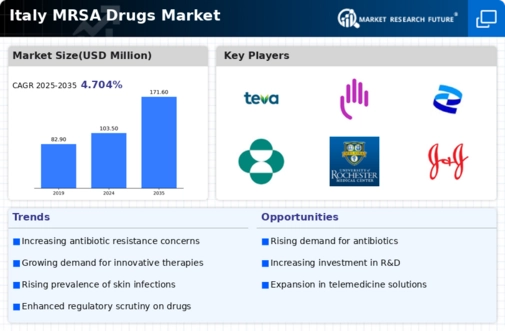

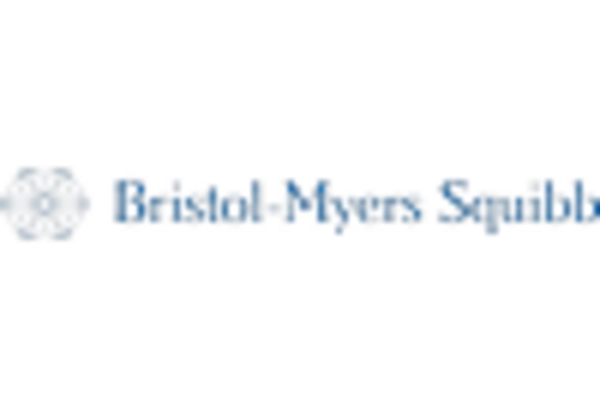
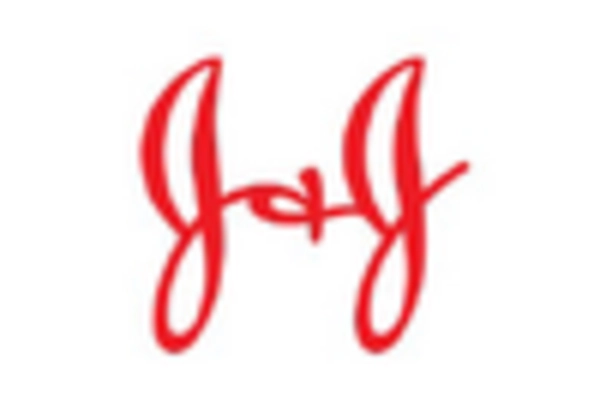

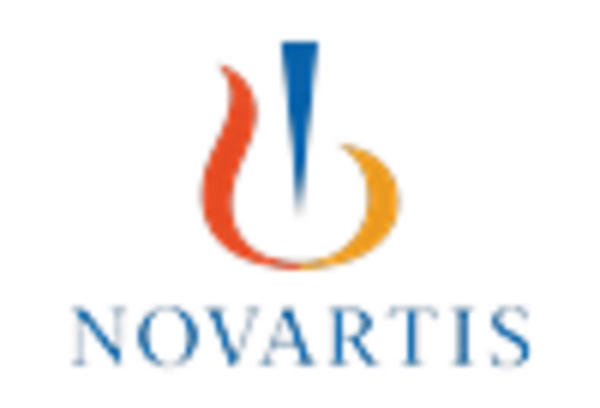
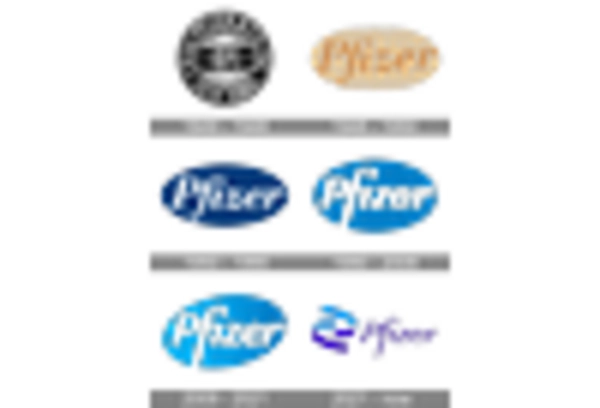








Leave a Comment